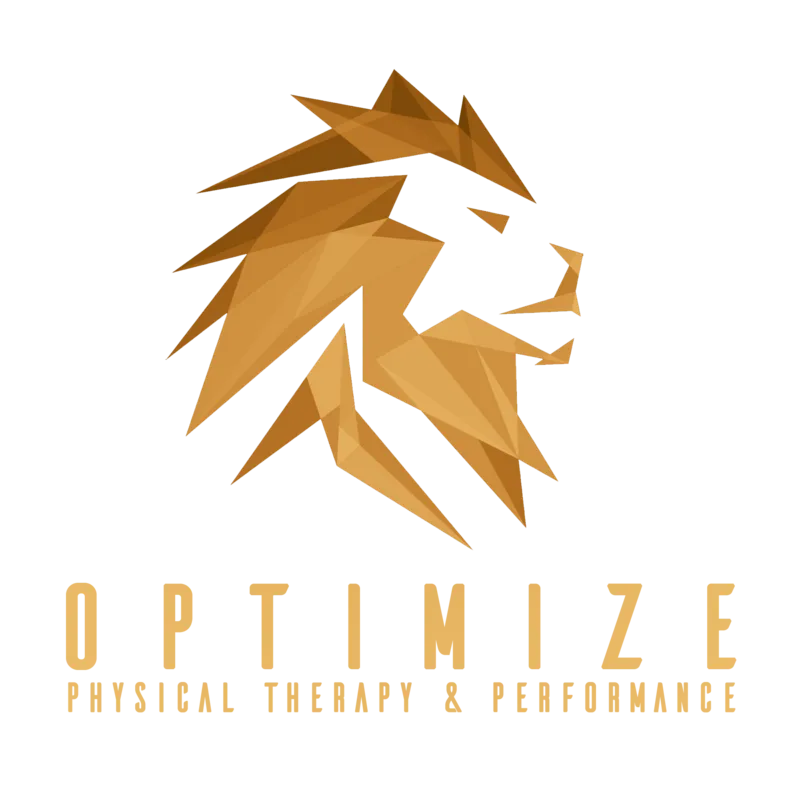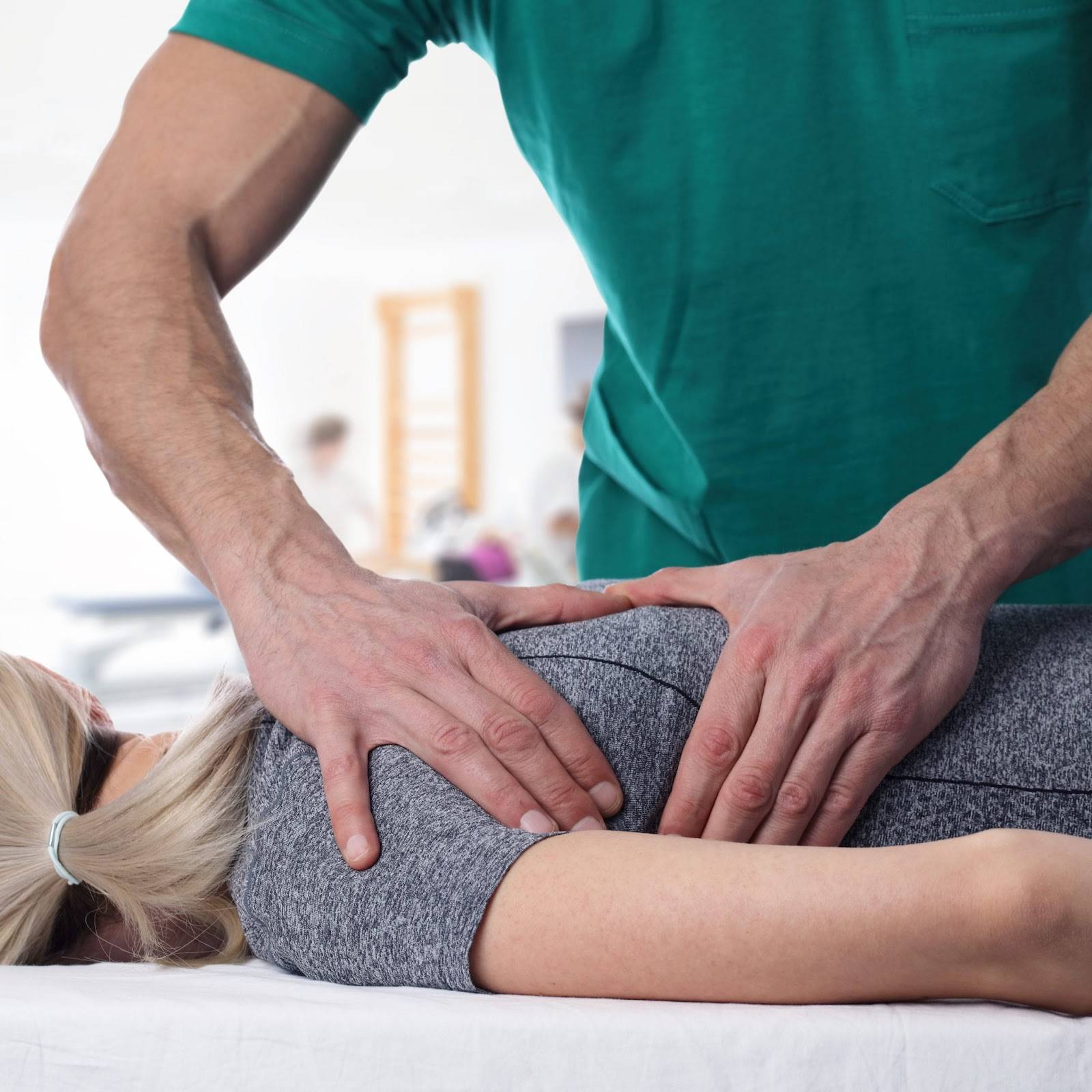Manual therapy is a type of physical therapy where physical therapists use their hands to manipulate joints and soft tissue in order to relieve pain, reduce swelling, open up range of motion, and mobilize the joint surface.
Before recommending manual therapy, physical therapists will conduct an extensive evaluation of your bones, muscles and nerves to determine if you are suitable for this treatment.
Joint Manipulation
Joint manipulation is a manual therapy technique used to move your spinal and extra-spinal joints in order to reduce pain and increase mobility. This treatment is often administered by either physical therapists (PTs) or chiropractors.
Joints may become stiff due to injuries or aging, leading to pain and limited movement. This can occur in any joint, such as the spine, elbow, knee or shoulder.
In this procedure, a physical therapist or chiropractor will place one hand on each side of the joint and use a high-velocity, low-amplitude thrust to move it in an appropriate direction. Usually, there will be a popping sound as gas from within the joint is released.
Soft Tissue Work
Muscles, fascia and tendons form the soft tissue support systems for your bones. When these tissues don’t function correctly it can lead to pain and stiffness in the joints.
Our therapists can break up adhesions (the body’s attempt to heal a soft tissue injury with an extended inflammation process) and optimize muscle function through manual therapy techniques on muscles, ligaments and fascia. These treatments reduce pain, increase range of motion and get you back on the path towards living a life of full health.
Range of Motion
Range of motion (ROM) refers to how far your body can move a joint without experiencing pain. It’s measured in degrees and dependent on factors like articular surfaces, muscles, ligaments and tendons in the joint.
Range of motion can be divided into three categories: active, active-assistive and passive. With active range of motion, your muscles are used to move the part of the body you’re working on; this could include strengthening exercises or other physical activities.
Active-assistive range of motion is when you move a body part with assistance from another person or device. This technique is commonly employed in rehab to prevent contractures, pressure sores, or spasticity after an injury or surgery.
Passive range of motion (PROM) is the maximum movement your joint can make without assistance from you. Your therapist uses PROM to help restore mobility after an injury or surgery.
Stretching
Stretching as part of manual therapy is an effective way to increase mobility and flexibility in specific areas. It may also enable therapists to identify which muscles or joints are causing issues with movement.
Stretching techniques come in many forms, such as static, ballistic, contract-relax and proprioceptive neuromuscular facilitation (PNF). These can be utilized to extend range of motion or reduce stiffness.
The primary objective of these stretches is to get the body into a more flexible position and restore function. They may also help reduce pain and inflammation.
Stretches not only increase range of motion, but they can also build muscle strength and speed. To get the most benefit from stretching, they should be performed as part of a comprehensive program that develops all aspects of mobility, strength, and skill.
If you have any questions or would like to schedule an appointment with our team of specialists, please visit our contact page. For more information on pediatric physical therapy, check out our pediatric physical therapy page.


